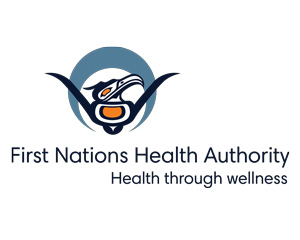There has been a lot of media coverage recently about cervix self-screening (also known as HPV self-collection or at-home tests), including these articles: Canada to phase out Pap test for more accurate HPV detection test and What to know about at-home HPV tests now available across Canada.
What is the difference between HPV self-collection tests and Pap smears?
HPV self-collection tests are Q-tip-sized vaginal swabs you can use yourself wherever you're most comfortable—at home, in a clinic bathroom or in a doctor's examining room. The self-collection test is very easy to do and very accurate. If you have avoided Pap smears due to past traumatic experiences in the health care system, you may be more comfortable with this self-collection option.
Pap smears are cervical cancer screening tests done by health care providers to check the cells on your cervix to see if they have changed. Changes are mainly caused by HPV, which can cause several types of cancer.
We recommend that people with cervixes aged 25 to 69 should screen regularly, using either a self-collection test or a Pap smear.
Is this something I can access? What does this mean for me?
We have found that this new test is acceptable and feasible for First Nations people for a number of reasons, including greater privacy and autonomy. It comes in a kit that includes an addressed and stamped envelope for mailing in the swab. Many of you have already done this test as part of several projects we have conducted in communities over the past years. See this link for more information.
Soon, both tests will be available to more communities. The First Nations Health Authority (FNHA) is working with our partners at BC Cancer to ensure nurses in First Nations communities can provide patients with information about updates as soon as possible.
Our commitment: We will provide you with more information as soon as it becomes available.

